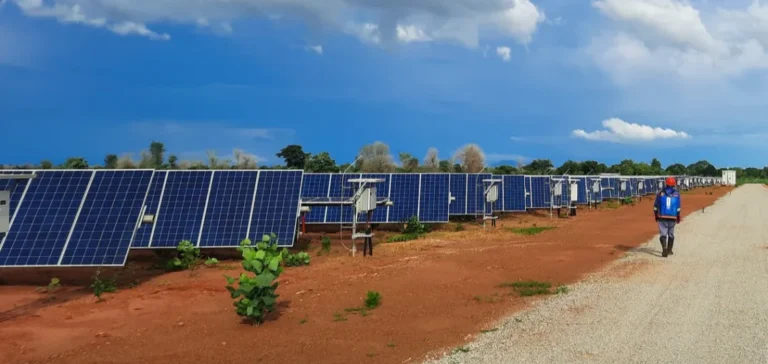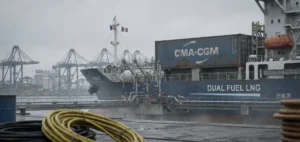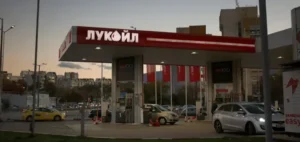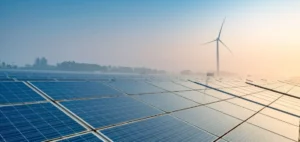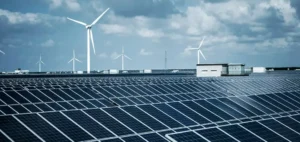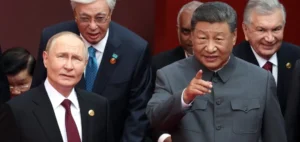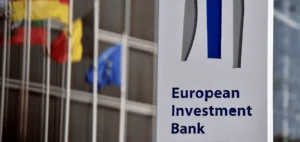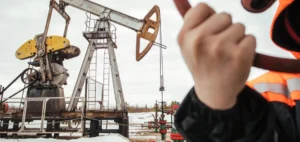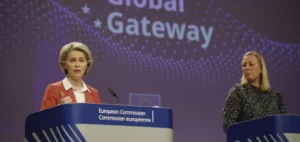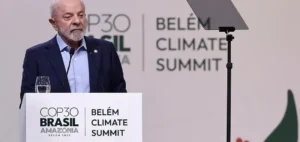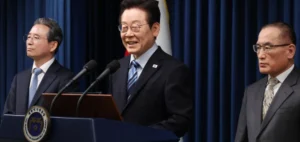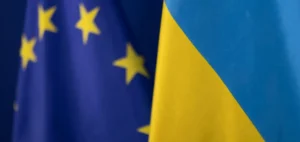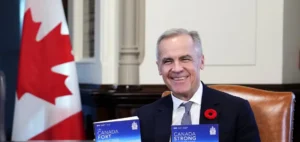In 2024, Sub-Saharan Africa secured only 2.3% of global investments in renewable energy, amounting to $18 billion, according to the Global Landscape of Energy Transition Finance 2025 report published in November by the International Renewable Energy Agency (IRENA). This share remains limited despite the region’s rapidly growing population and the lack of electricity access for nearly 590 million people. The report also notes that the funding attracted falls well short of what is required to support the region’s energy transition.
A persistent gap between ambitions and capital mobilisation
The investment figure in 2024 represents an increase from the $14 billion annual average recorded between 2022 and 2023. However, this growth remains marginal in light of the targets set by the region’s governments, which aim to install at least 120 gigawatts (GW) of additional renewable capacity by 2035, as outlined in their Nationally Determined Contributions (NDCs). IRENA notes that 61% of these targets rely on access to external financing and technology transfers.
Several structural barriers continue to limit the mobilisation of private capital. High financing costs, weak distribution networks and the financial fragility of public utilities remain dissuasive factors. The report estimates the technological requirements at $129 billion, with $77 billion expected to come from international funding, highlighting the scale of the challenge for policymakers and energy planners.
A stark contrast with global renewable momentum
Globally, renewable energy investments reached $807 billion in 2024, up 22% compared to the 2022–2023 average. Growth was mainly driven by solar photovoltaics, the only technology approaching the investment levels required for the 1.5 °C scenario. Declining costs and sustained policy support in several countries facilitated this expansion, particularly in economies with established infrastructure and stable regulatory frameworks.
In Sub-Saharan Africa, the divergence from this global trend underscores persistent structural vulnerability. Energy projects require close cooperation among governments, financial institutions and private actors to secure the investment flows essential for new generation capacity.
Increasing pressure to strengthen international cooperation
Talks held during COP30 have brought renewed attention to the need for coordinated dialogue to address financing challenges. Several African governments are advocating for expanded access to international support mechanisms and better integration of regional priorities into multilateral negotiations. The region’s ability to articulate and defend its energy financing needs remains crucial to closing the gap between declared objectives and actual funding.
The limited growth in investment in Sub-Saharan Africa continues to raise questions about how public and private actors will build effective collaborations to accelerate the execution of announced energy projects.


